WARNING: THIS ARTICLE CONTAINS PICTURES OF DEAD PEOPLE.
Gravedigger can’t be a particularly joyous occupation. When your place of work is the final resting place of the dead long days at the solemnly quiet office must get lonely. So it’s no surprise that when municipal cemetery worker Celestino Reyna was requested to pose for a photograph with a couple of new buddies he happily obliged. Unfortunately for the Spaniard one of his new acquaintances was a mummified corpse he’d just disinterred. He’s been suspended by the local council.
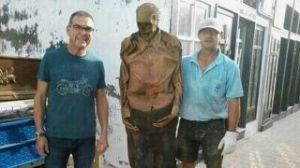 “Say Cheese Pedro”
“Say Cheese Pedro”
Initially it’s easy to question the level of professionalism on display here. However his actions are not only justifiable they were damn right honourable. Señor Reyna is not a psychopathic grave-robber disturbing the deceased to get some interesting new snaps for his Instagram page. Nor did he just get overwhelmingly bored one slow afternoon and decide to hold a macabre photo-shoot amongst the sarcophagi. He was simply acting in good faith. Let me explain. The guy on the left is Skeletor’s Nephew. The person taking the photo is his niece who had actually ASKED to have the photo staged so she could “show the effects of decomposition to her sister”. Nice. Why she felt the need to use her own dead uncle as a science prop is unexplained. The point is that it would have been a bit of a dick move NOT to have propped up the decomposed remains of a man who died over two decades ago as you’d be refusing the wishes of surviving relatives. Plus it’s highly likely that there was a lot of “oh come on don’t be a spoil sport” heckling going on. Assuming he warned about the dangers of pissing off the dead and you’d expect him to be a leading authority of the wrath one could invoke from the spirit world he did no wrong. The look of unease on his face suggests that he’s fully aware of the celestial eggshells they’re all tiptoeing on although there may also be an element of realisation behind his expression regarding the potential shitload of earthly trouble he’s going to get into for begrudgingly agreeing to this too. The only thing that anyone involved can be criticised for is a stunning level of short-sightedness regarding social media. The two local news reports make it unclear as to which one of the group was responsible for actually spreading the ghoulish photo via Whatsapp but the defence that nobody expected this insanity to go viral displays a remarkable level of ignorance to the morbid curiosity of mankind and the exposure power of smartphones. Of course people were going to spread this Nightmare Before Christmas inspired family portrait. Did they think that it’s common to take nostalgia photos with recently exhumed relatives? That nobody would find it even slightly eerie yet fascinating at the same time? Surely there was a verbal agreement of not telling anyone else about this morbid escapade that nobody seemed to adhere to.
Some may argue that regardless of why the photo was taken it’s still disrespectful. But think about it laterally for a moment. How exactly can one find offence in this? If you’re religious or spiritual then surely you believe that his soul has long since departed the confines of his temporary biological shell and is living up in the heavens or wherever you believe spirits dwell. What remains is simply the human version of a disused car which served its journey well but has been left to fester in the scrap yard. Taking a photo of a lifeless body is about as offensive to the departed as taking a photo of a used disposable nappy is to a newborn baby. Or maybe you don’t believe in the divine and think that this life is all we have and when we die that’s it. Finito. In which case you must agree that the dead guy in the photo probably doesn’t really give a hoot because you know… he’s dead. Even if you’re completely delusional and believe that we somehow survive consciously in the body after death then surely it must be nice to get some quality time out of the grave with your relatives. Stretch those stiff old bones and catch some much needed sunlight before they stuff you back in a box. Either way where’s the negative in this story? There’s even something mildly heart-warming about the whole scenario. Look how happy the nephew is. It must be rather satisfying to think that one could still bring such delight to others long after they’ve passed. It doesn’t even have to specifically be relatives. This story may inspire us of the internet age to specify in our wills that anyone who wishes to use our unresponsive carcass for a new Facebook display picture is welcome to do so. Become immortalised by appearing on a strangers Tumblr page.
Refreshingly local councillor Felipe Aldeguer shares my appreciation for Señor Reyna’s valiant work and reassures that he is likely to keep his job after recognising his “unblemished” record (the only type of record you’d want from someone who works in a cemetery) during seven years of employment. In the meantime however he’s been suspended from crypt duties having been moved to another council position. He now posts selfies on twitter with cadavers from the local morgue.

With the exception of morticians and mad scientists things that are no longer alive tend to freak people out a bit and the concept of openly parading the deceased may seem downright nightmarish. However the best way to alleviate a fear is to confront it therefore I have complied the:
TOP FIVE PUBLICLY DISPLAYED CORPSES TO SEE BEFORE YOU DIE
5. Kim Il Sung
For most political figures being dead would be a major handicap to promoting their ideology. But not Kim Il Sung who manages to fulfil the duties of Eternal President of the Republic despite the fact that he died in 1994. Not even the grim reaper could depose of the North Korean leader who simply had a new job role created once he lacked the ability to talk or breathe anymore. He carries out most of his work from the Kumsusan Palace of the Sun. I think Susan was his wife. You can visit him providing you manage to get into the country, find the palace without getting assassinated and fight past the armed guards. Good Luck.
Unsurprisingly finding pictures of Sung during his quiet phase is basically impossible but you know how the saying goes “like father like son” and it appears that while continuing the family tradition of laying in rest in a giant, expensive mausoleum while your people starve to death Kim Jung Il is much less camera shy.
 “I’m so rone-ary. Oh so rone-ary”
“I’m so rone-ary. Oh so rone-ary”
4. Mao Zedong
Remaining on the East side is the Chairman Mao Memorial Hall. Unlike his North Korean contemporaries the big M admitted defeat at death and accepted his forced retirement conceding to a relief of his communist duties in 1976. He spends his retirement on display in a glass coffin draped in the flag of his beloved nation looking suspiciously like a model at the Beijing branch of Madame Tussauds. There have long been rumours that the body is actually a wax model. Why not go check it out for yourself and see what you think?

“If he doesn’t do anything interesting soon I’m leaving”
3. Vladimir Lenin
Bringing the tyrannical leader circus closer to Europe is former Premier of the Soviet Union Vladimir Lenin. He was into the whole grim public display of morbid fascination game before it was even cool having died decades before the Asian imitators in 1924. Exhibiting his embalmed body in Red Square wasn’t even the original idea as Plan A was to cryogenically freeze Vlad and bring him back to life in the future like an autocratic Fry from Futurama.

What happened to Derren Browns’ hair?
2. Simon Sudbury
It’s not just the remains of famous dictators that are kept around as extravagant ornaments. There are former Archbishop’s of Canterbury too. While others on this list slipped off this mortal coil in a rather dull and peaceful manor Simon Sudbury’s death was pure violent gore, Hollywood style. Dragged to Tower Hill by rebels during the English peasant’s revolt of 1381 his holy head was horrifically hacked off in no less than EIGHT blows using what was assumingly a butter knife. Unfortunately only his terribly mutilated and mummified head remains. The rest of his body must have got left on a train or something but you can still look into the disfigured face of Medieval Britain as the skull is kept in safe in a church aptly located in the Suffolk town of Sudbury.

“Give us a kiss luv”
1. Jeremy Bentham
Showing that you don’t have to be a political or religious dictator to remain in the public eye after death is the progressively liberal philosopher and social reformer Jeremy Bentham. A dude who supported the abolition of slavery as well as being a proponent of both gay and animal rights. Admirable causes for somebody to support today so it’s utterly remarkable to think that this is a man who lived in the 18th century. It would appear that he also got a kick out of creeping out students as he requested his body be stuffed and stuck on display in a corridor at University College London. You don’t even have to leave you own home to see him as there’s an online fully 3D “auto-icon” of Bentham on the UCL website. I have no idea who this is for and what purpose it serves but here’s the link anyway. Enjoy. http://www.ucl.ac.uk/Bentham-Project/who/autoicon/Virtual_Auto_Icon
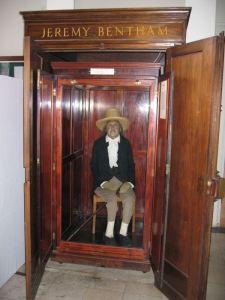
“check out my wooden TARDIS”
Links to the original news story
http://thisistorrevieja.com/2014/09/14/guardamar-gravedigger-poses-with-corpse/
http://www.roundtownnews.com/index.php?option=com_k2&view=item&id=48609:torrevieja-body-shock&Itemid=237
(I have absolutely no idea why they decided blur out the head in the second link. To prevent the other dead from identifying him then laughing at him maybe?)
Esteban
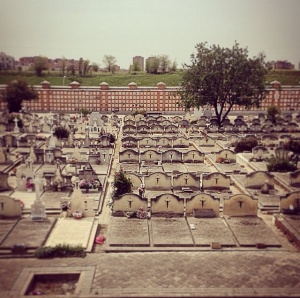



 When you eventually locate the permiter wall there’s no respite as the wall itself is a seemingly endless strech of tombs reaching well beyond the perifary. You can spend fifteen, twenty or even thirty minutes walking alongside the wall where the only space that isn’t an inhabited tomb is the onmious site of an empty plot waiting for a new occupant. A dark square blip in the giant mosiac of tombs. Some are decorated with ornamental flowers and splendid plaques containing photographs of the deceased while others simply contain a humble name scrawled in pen.
When you eventually locate the permiter wall there’s no respite as the wall itself is a seemingly endless strech of tombs reaching well beyond the perifary. You can spend fifteen, twenty or even thirty minutes walking alongside the wall where the only space that isn’t an inhabited tomb is the onmious site of an empty plot waiting for a new occupant. A dark square blip in the giant mosiac of tombs. Some are decorated with ornamental flowers and splendid plaques containing photographs of the deceased while others simply contain a humble name scrawled in pen.
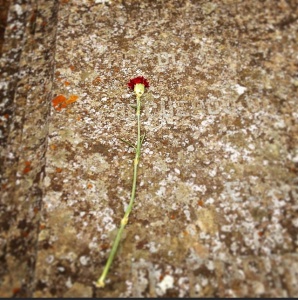

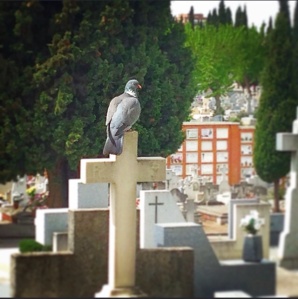

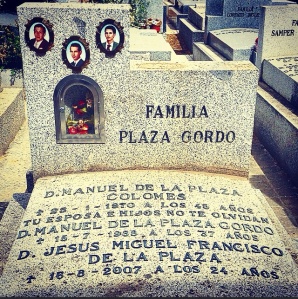
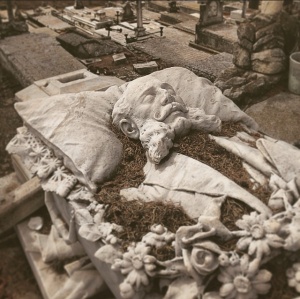

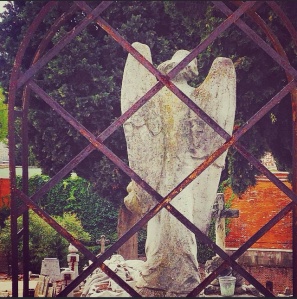
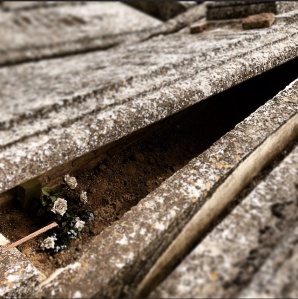
 A famlier character you will encounter a lot is the son of god himself. Many of the graves contain effigies or statues of Christ in various stages of discomfort and sorrow. He adorns family tombs and mausoleums as well as graves of individuals. His omnipresence along with various depictions of the Virgin Mary alludes to Spain’s strong Catholic history.
A famlier character you will encounter a lot is the son of god himself. Many of the graves contain effigies or statues of Christ in various stages of discomfort and sorrow. He adorns family tombs and mausoleums as well as graves of individuals. His omnipresence along with various depictions of the Virgin Mary alludes to Spain’s strong Catholic history.
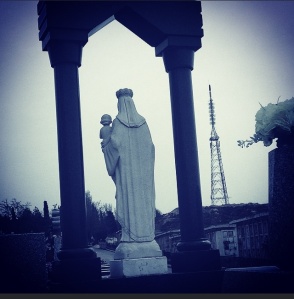
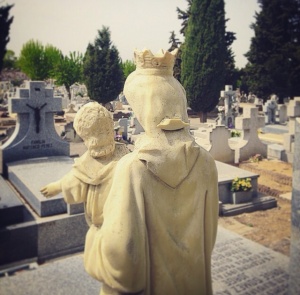

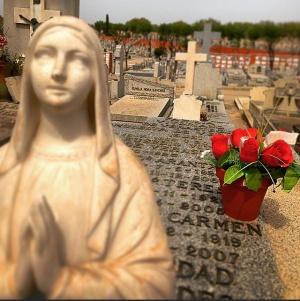
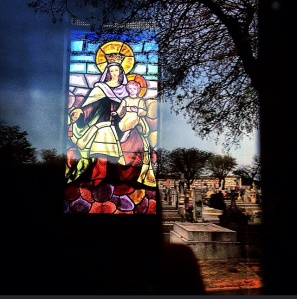
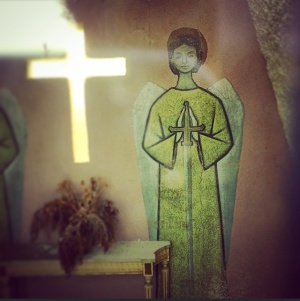

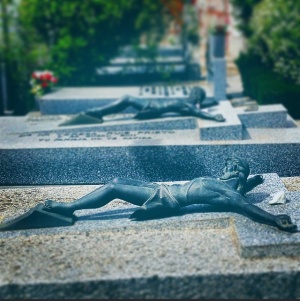
 Family mausoleums are popular within the older sections of the cemetery. Where generations of the same family are laid to rest in their own small chapel. It is obvious which ones are regularly maintained by surviving relatives.
Family mausoleums are popular within the older sections of the cemetery. Where generations of the same family are laid to rest in their own small chapel. It is obvious which ones are regularly maintained by surviving relatives.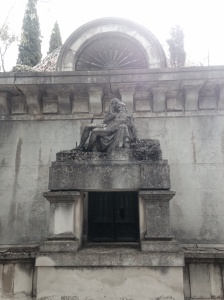


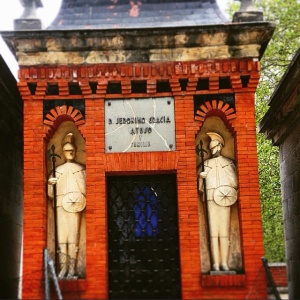
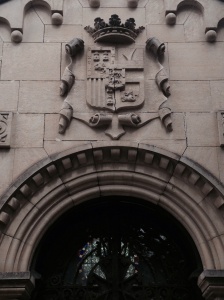


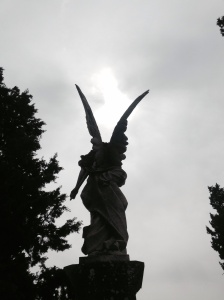
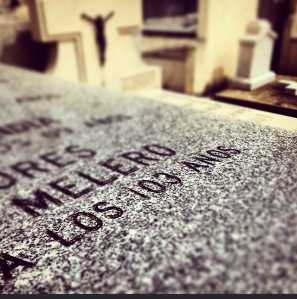


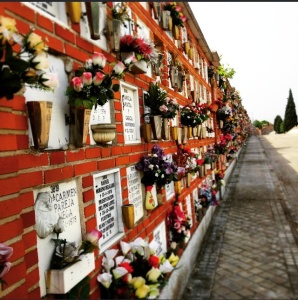
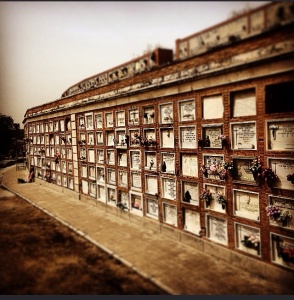
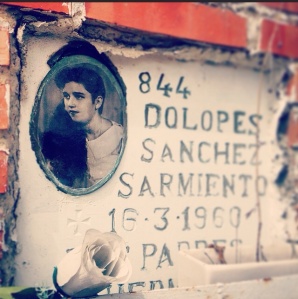






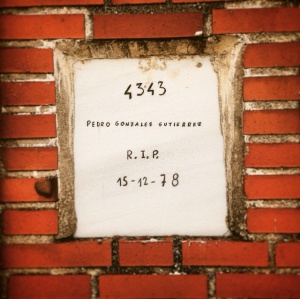

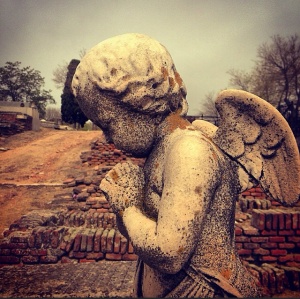


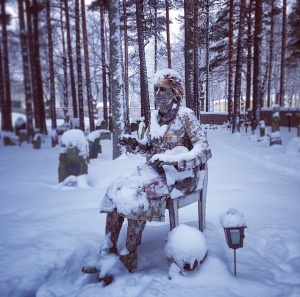
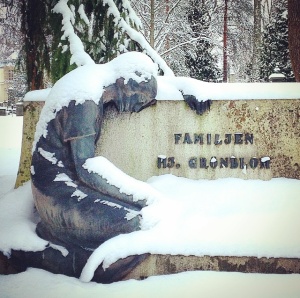


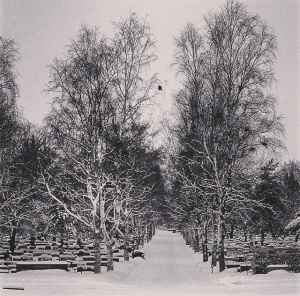
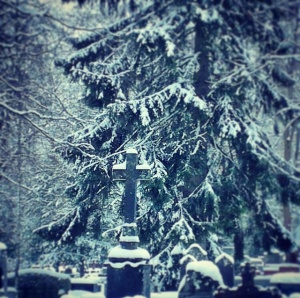

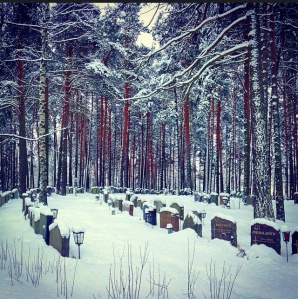

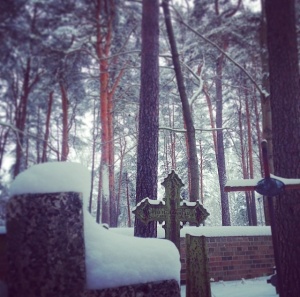
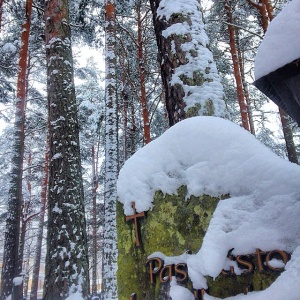
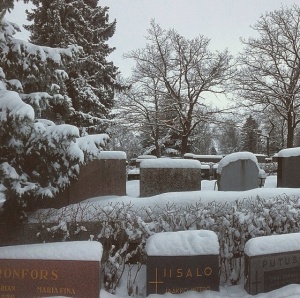
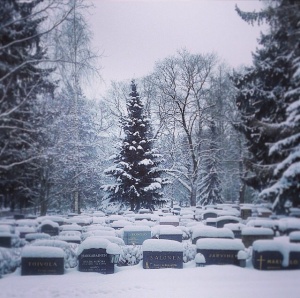

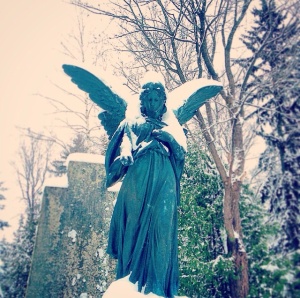
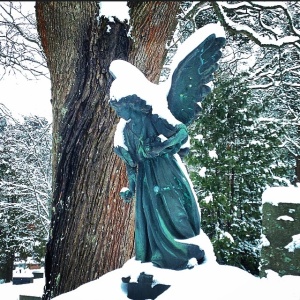
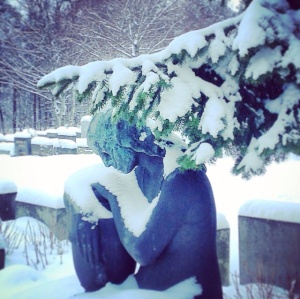
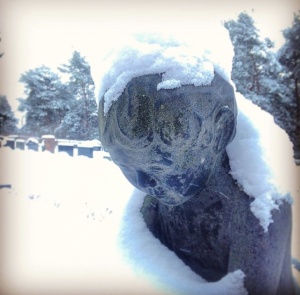
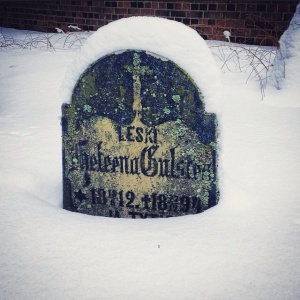
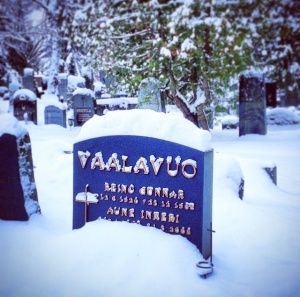
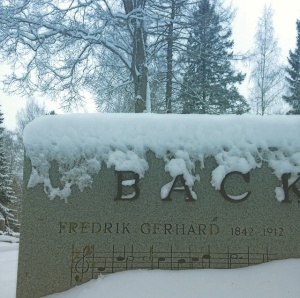
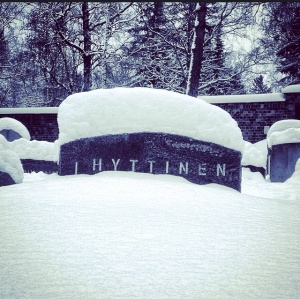
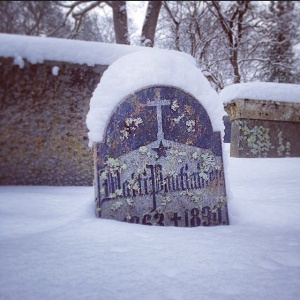
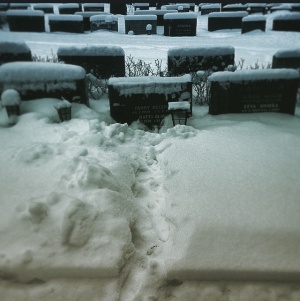
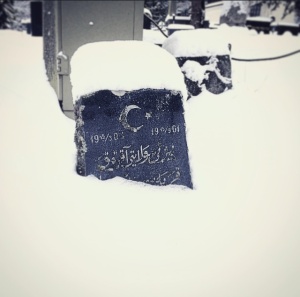
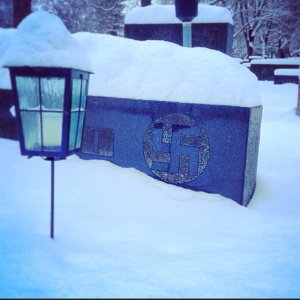
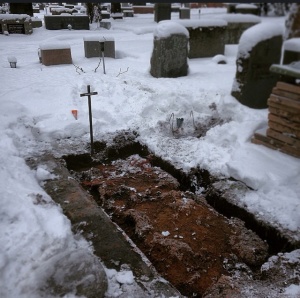

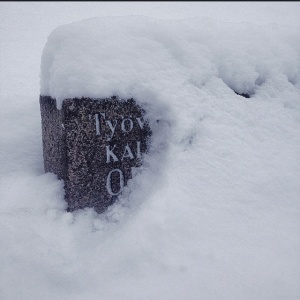 T
T
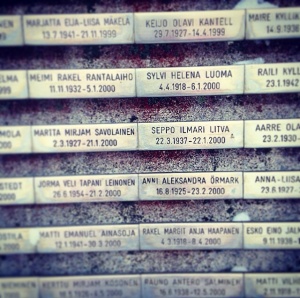




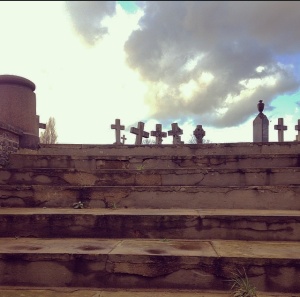





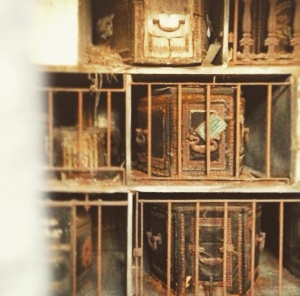


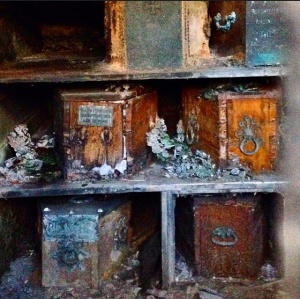
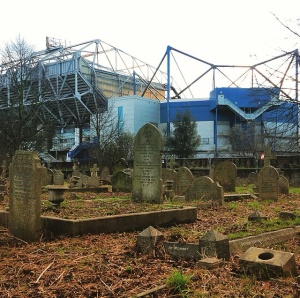
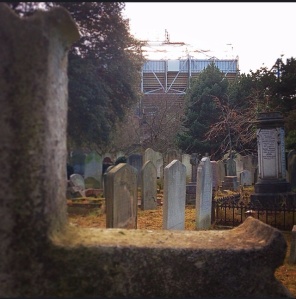



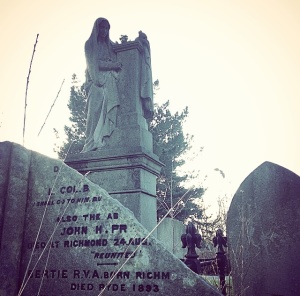

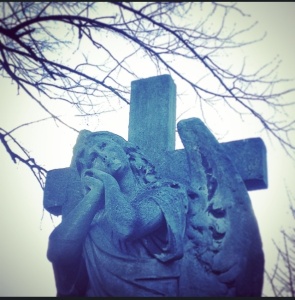
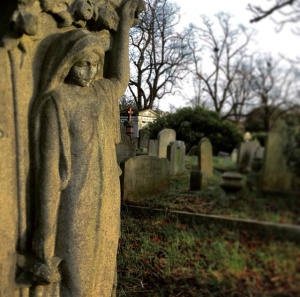









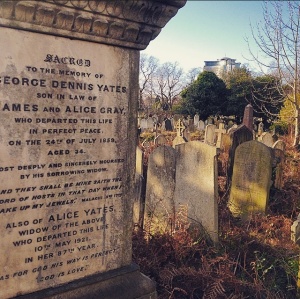


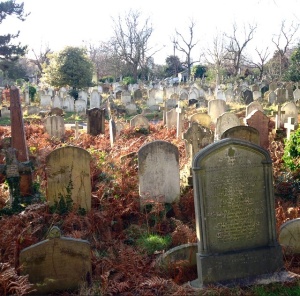



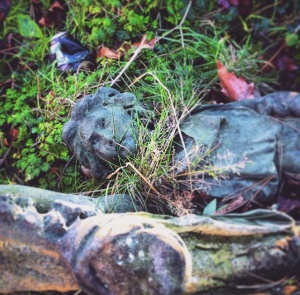
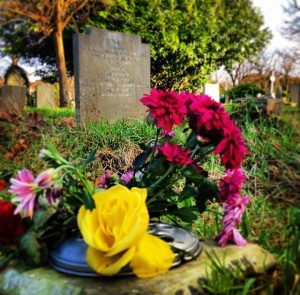


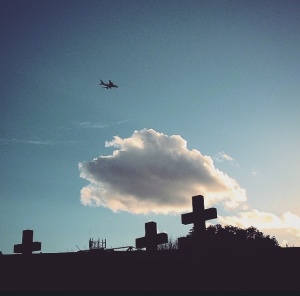



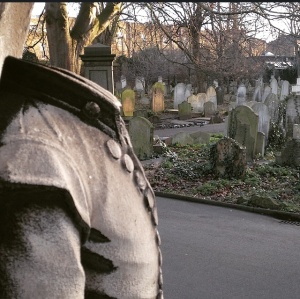
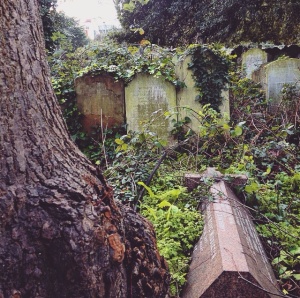
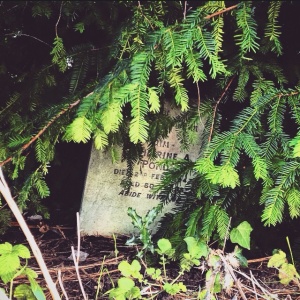
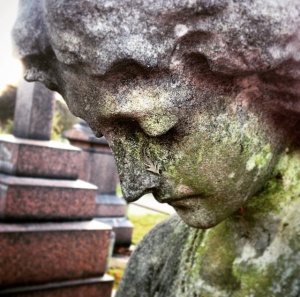




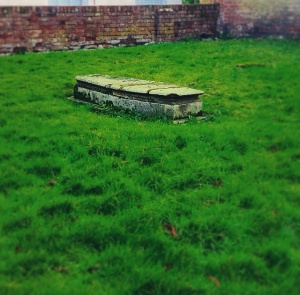
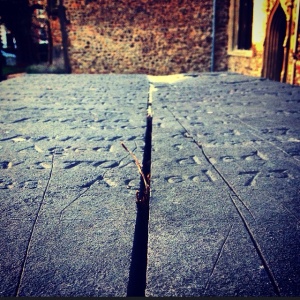

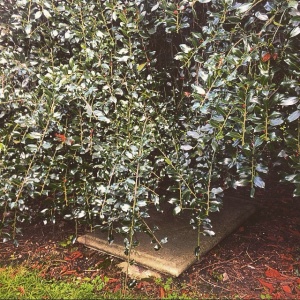


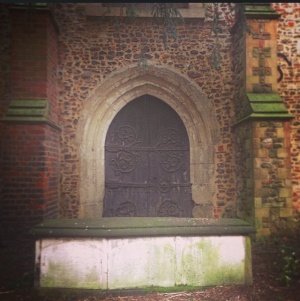
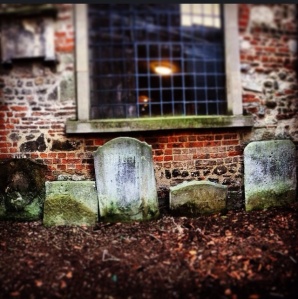
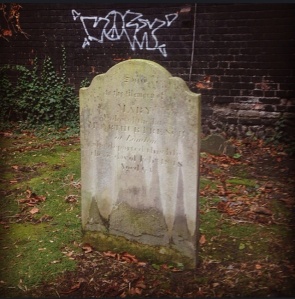


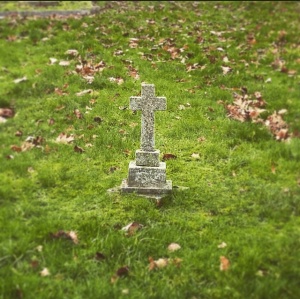



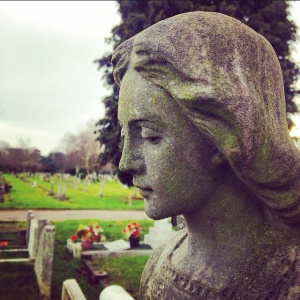
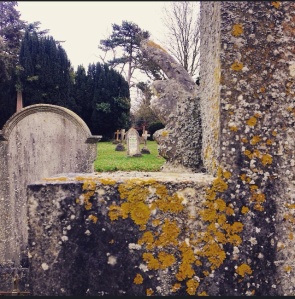

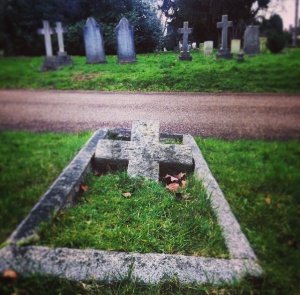
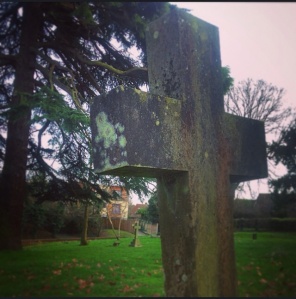




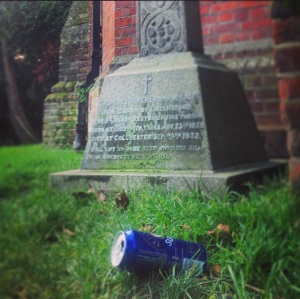
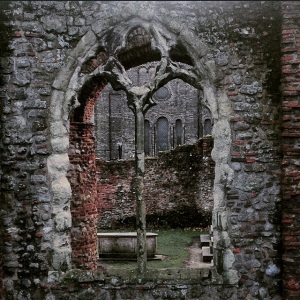
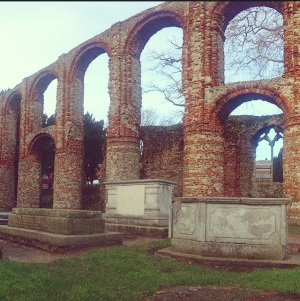


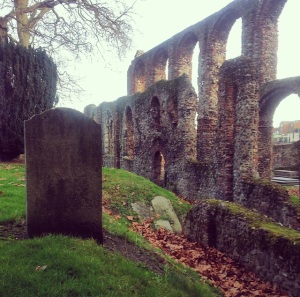


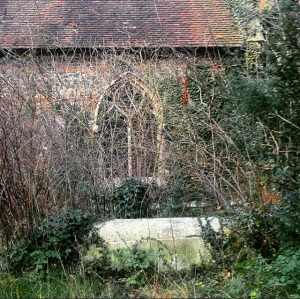









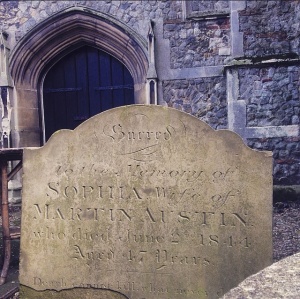
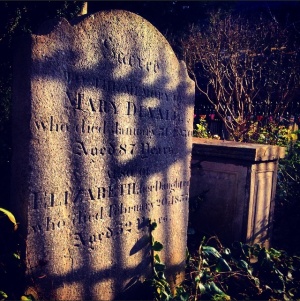
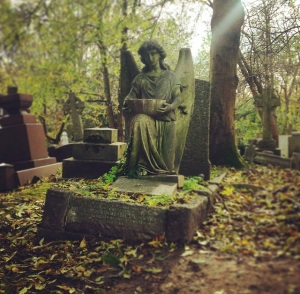
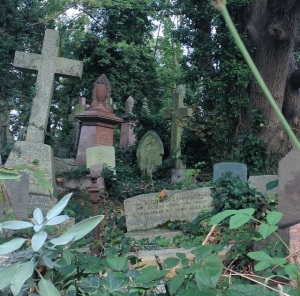

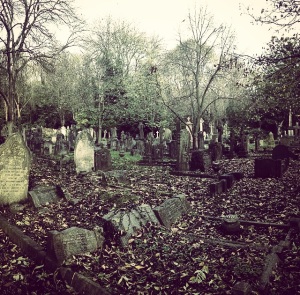
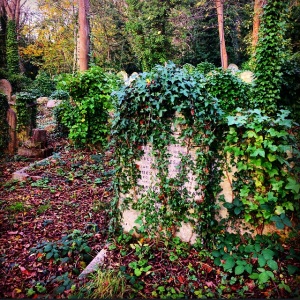
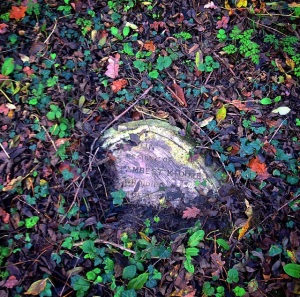

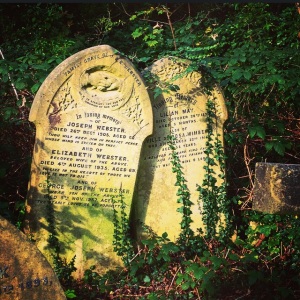

 “Say Cheese Pedro”
“Say Cheese Pedro”



